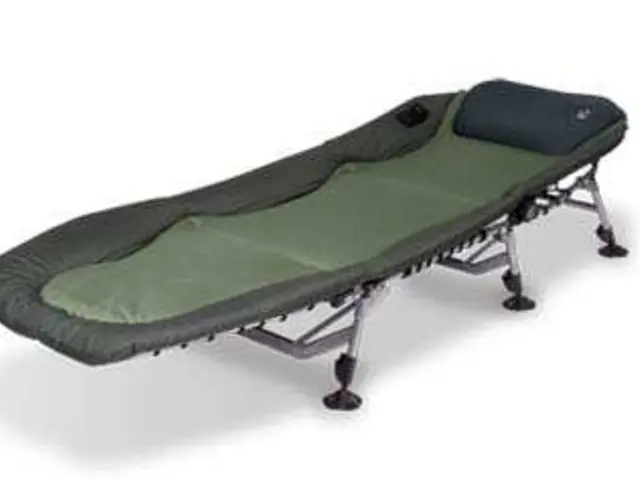Scientists in Mexico inter the swine in clothing as part of their research aimed at locating the vanished swine population.
In a groundbreaking initiative, scientists in Mexico are using dead pigs as proxies for missing people in an effort to locate victims of drug cartel violence. This innovative approach, known as the mapping project, aims to test and combine new techniques to find clandestine graves.
The project, launched in 2023, is a collaboration between Guadalajara University, Mexico's National Autonomous University, the University of Oxford in England, and the Jalisco Search Commission. Researchers dress pig carcasses in clothes, wrap or burn them, and bury them in different conditions to study how bodies decompose and affect the surrounding environment.
This approach is critical as over 130,000 people have gone missing in Mexico due to drug cartel violence since 2006. Families often lead searches with limited resources and little official support. By using pigs as human analogues, scientists can better understand how remains manifest in various settings and improve the effectiveness of forensic and remote sensing techniques.
The mapping project employs a variety of high-tech tools, including thermal drones, laser scanners, and hyperspectral cameras. These devices are used to register anomalies, underground movements, and electrical currents, and to detect chemical, ecological, and physical signs of decomposition. Scientists are also testing the newest satellite, geophysical, and biological mapping techniques to find clues that could lead to the discovery of at least some of the bodies.
One set of graves is encased behind a pane of transparent acrylic, providing a window for scientists to observe the pigs' decomposition in real time. This helps calibrate tools such as satellites, hyperspectral cameras, thermal drones, laser scanners, and other geophysical and biological mapping methods to detect signs of decomposition that indicate where bodies might be buried.
However, Derek Congram, a Canadian forensic anthropologist, states that technology is not a panacea and that 90% of searches are resolved with a good witness and digging. The ranks of Mexico's missing exploded after the launch of President Felipe Calderon's war against drug cartels in 2006. Jalisco, home to the Jalisco New Generation Cartel, has the largest number of people reported missing in Mexico: 15,500.
The use of pigs in the mapping project is based on their physical similarities to humans, such as size, fat distribution, and skin structure. The researchers found that lime is easily detected, but hydrocarbons, hydrochloric acid, and burned flesh are not. Each grave is a living "micro ecosystem."
The United Nations has said there are indications that the disappearances in Mexico are "generalized or systematic." The experience of the families of the missing also informs the research, with some being able to identify unmarked graves by sight alone, because of the plants and soil placement.
José Luis Silván, a coordinator of the mapping project, states that the pigs are being used as proxies for humans in research to help find the missing people in Mexico. Silván and his colleagues started gathering information about ground-penetrating radar, electric resistivity, and satellite imagery from around the world to further refine the project's techniques.
In summary, the pigs serve as experimental stand-ins for human bodies to validate and improve innovative forensic technologies, helping to locate missing persons’ graves in a complex and violent context where conventional search methods fall short. This research, combined with witness accounts and technological advances, enhances search efforts in cartel-controlled and dangerous regions where many disappearances occur.
- The use of pigs as proxies for missing people in the mapping project underlines the potential application of this research in fields like medical-conditions, health-and-wellness, and general news, as understanding decomposition rates could provide insights into various health-related processes.
- The collaboration between universities and authorities in the mapping project emphasizes the growing intersection of science and crime-and-justice, as cutting-edge technologies are being employed to address complex social issues, such as the identification of crime Victims in cartel-controlled regions.




